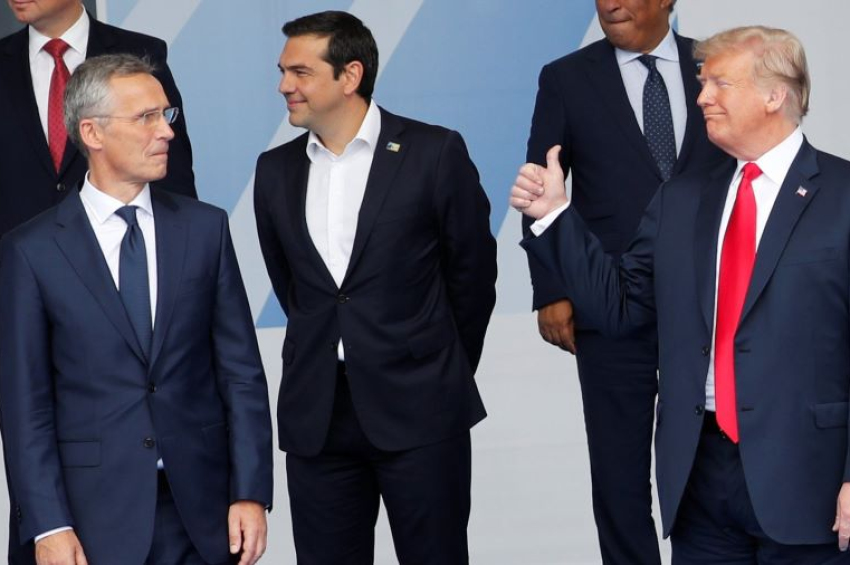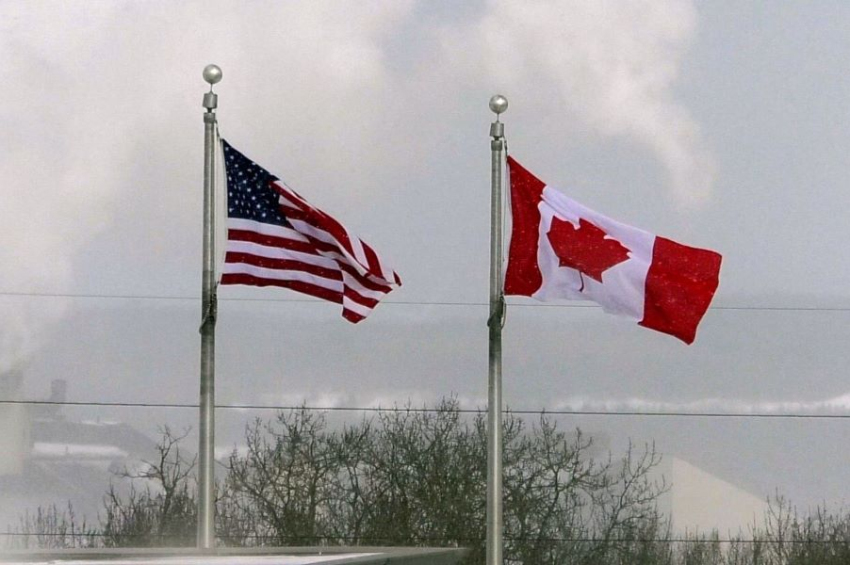Washington’s call for NATO to increase national defense spending may be part of a marketing strategy
U.S. Secretary of State Marco Rubio's recent call for NATO allies to increase their defense spending up to 5% of GDP, including the United States, has sparked considerable debate among European leaders and analysts.
This proposal aligns with President Donald Trump's longstanding emphasis on burden-sharing within the alliance amid threats from rivals like China and Russia. However, there is growing suspicion that this push is less about addressing genuine security risks and more about bolstering the U.S. defense industry by promoting arms sales to allies.
Just like with the tariffs, it seems to follow a threats-then-deal playbook.
U.S. economic interests
The Trump administration has been proactive in promoting U.S. arms exports. Reports indicate that he is preparing an executive order to ease regulations governing weapons exports, aiming to boost sales abroad. This initiative suggests a strategic move to strengthen the domestic defense sector by encouraging allies to purchase American weaponry.
Furthermore, U.S. officials have expressed concerns over European efforts to develop indigenous defense capabilities and reduce dependence on U.S. weapon systems, emphasizing the importance of maintaining American defense contractors' access to European markets. This stance underscores the economic motivations intertwined with the administration's defense spending demands.
Alignment with Russian objectives
Complicating matters, President Trump's foreign policy has exhibited tendencies that align with Russian interests, raising questions about the motives behind his defense strategies. It is easy to observe that Trump's approach often mirrors the Kremlin's objectives, leading to speculation about the coherence and true intent of U.S. foreign policy.
The most effective way – and fastest – to end the war in Ukraine is to heavily arm Kyiv and intensify intelligence sharing, forcing Moscow to seek a ceasefire and negotiate peace. Contrary to Trump’s hopes, disabling Ukraine’s defenses will not prevent Ukrainians from continuing the fight.
More to read:
A new blueprint calls for establishing a nuclear-armed European Defense Force – an alternative NATO
Cynically put, ending the war in Ukraine doesn’t comfort the Trump team’s economic interests — the longer it drags on, the more deals can be made, the more weapons can be sold.
It may be a coincidence that the current administration sent underqualified negotiators to meet Russian representatives in Saudi Arabia last February, but Trump’s demand that Ukraine compensate for donated weapons clearly reveals his business-first approach to global security.
After all, Vladimir Putin has openly expressed ambitions to conquer the neighbor and erase Ukraine as a sovereign nation — making any ambiguity in U.S. strategy even more alarming.
“Divide et impera”
The administration’s stance on NATO is often confusing. While advocating for higher defense spending among allies, Trump’s rhetoric — which seems to change with the weather in Mar-a-Lago — has simultaneously cast doubt on the U.S. commitment to collective defense, a cornerstone of NATO’s mission.
More to read:
Belarus, an ally of Armenia, secretly sold advanced weapons to its enemy Azerbaijan
Such mixed signals may be a deliberate strategy to divide allies and negotiate separate deals, in which the acquisition of U.S.-made weapons becomes a condition for support. This may explain why Washington is frustrated with European nations that have chosen to reduce their reliance on American arsenal.
Hence the administration’s aggressive tariff policies — ostensibly calculated using AI-generated models based on flawed assumptions — that have little to do with sound economics. The real goal appears to be scaring both allies and adversaries into submission.
European response
In response to the U.S. demands and the perceived unpredictability of the Trump administration, European nations are actively exploring ways to reduce their reliance on American military equipment — a sign that Trump’s bullying tactics may be backfiring.
Initiatives to bolster indigenous defense industries are gaining traction, reflecting a growing desire for strategic autonomy. As expected, this shift has met with resistance from U.S. officials, eager to preserve American dominance in the global arms market.
More to read:
Scholar explains why Canada needs its own nuclear weapons
In essence, the Trump administration’s push for increased NATO defense spending appears to be less about the collective security and more about advancing U.S. economic and geopolitical interests. By promoting American arms sales under the guise of alliance solidarity, Washington risks alienating allies and undermining the cohesion NATO relies on — if it hasn’t already done so.
As Europe moves toward greater strategic independence, the transatlantic relationship stands at a crossroads: it must either evolve into a more balanced partnership or fracture under the weight of economic self-interest and political manipulation.
Sell, sell, sell
This strategy of pressure, confusion, and transactional diplomacy — whether intentional or simply chaotic — may yield short-term gains for U.S. defense firms, but at the cost of trust, credibility, long-term alliance stability, and ultimately future sales of any American products to Europeans and other allies.
U.S. military equipment sales to foreign governments in 2024 surged 29% to a record $318.7 billion, according to a State Department statement last January.
The full impact of Trump’s approach may become clearer in the months ahead — perhaps at the NATO summit next June in the Netherlands, the very country from which he’s been trying to buy Greenland.
***
NewsCafe is an independent outlet. Our sources of income amount to ads and subscriptions. You can support us via PayPal: office[at]rudeana.com or https://paypal.me/newscafeeu, or https://buymeacoffee.com/newscafe - any amount is welcome. You may also want to like or share our story, that would help us too.






